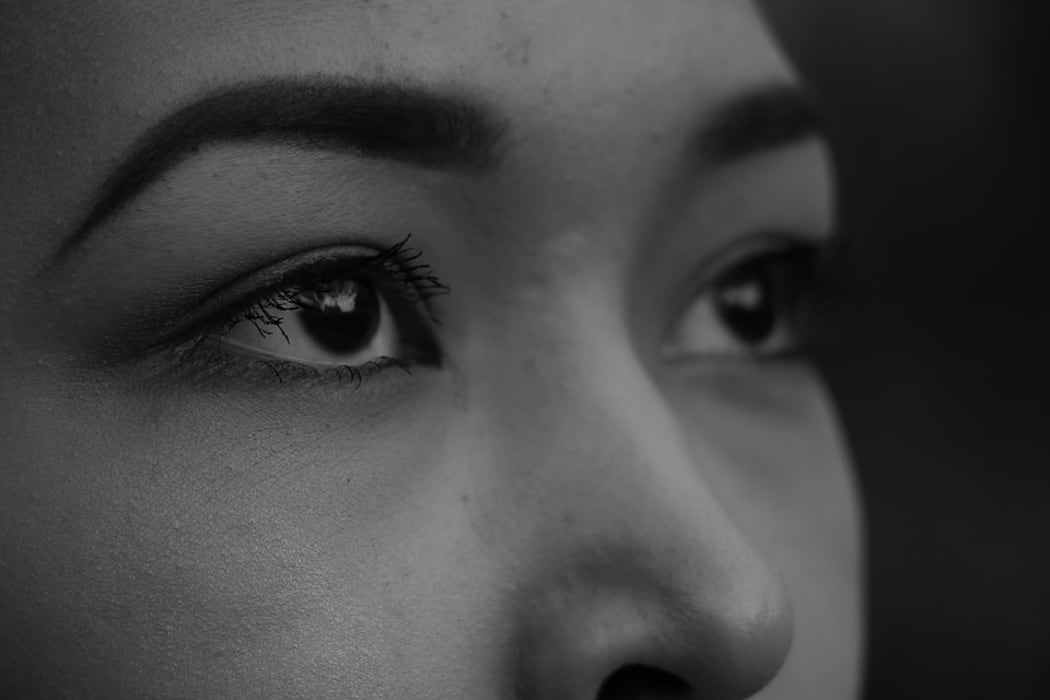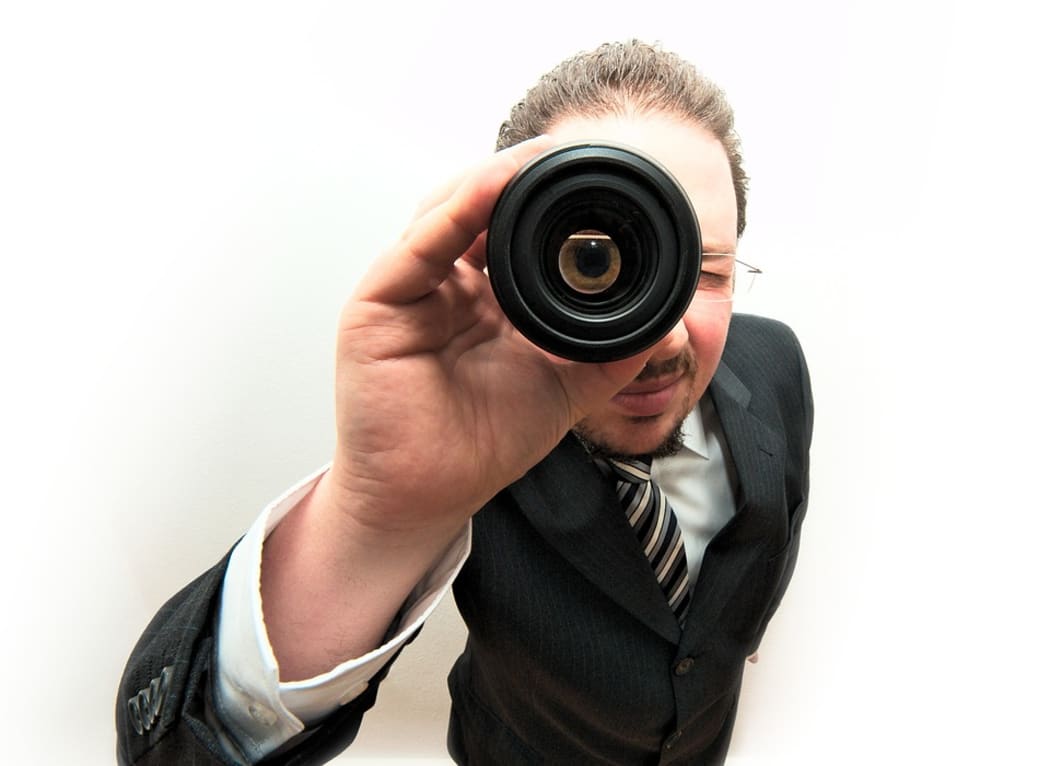What do you see when you’re walking down a busy street? As cars pass and people walk swiftly by, what grabs your attention?
Do you notice that a child on your far left is being told off by her parents or that an elderly woman has slipped as she’s crossing the road?

Every day we're overloaded by stimuli. Photo: Public domain
Paul Corballis, Associate Professor of Psychology at the University of Auckland, is a visual cognitive neuroscientist and it’s his job to understand how people process the visual world.
But even if you have 20/20 vision it turns out that none of us actually see a true representation of the world as it really is.
“The pattern of light that falls on the retina at the back of the eye is two dimensional and the real world is three dimensional,” says Corballis, “so the problem is mapping a two-dimensional representation onto a three-dimensional representation.”
What this means is that none of us see a true representation of each other, ourselves or anything at all, and Prof Corballis says that we more or less see a “construction of reality.”
While this sounds slightly disturbing, what we’re actually doing is creating the most ‘likely’ world for ourselves. Or a version of the world that’s most useful based on the various clues and signals around us.

Filtering distraction is a daily task. Photo: Public domain
The problem we’re immediately confronted with is an overload of visual signals and Corballis says there’s much more information than any of us need or can use at any moment.
So the question then turns to how we focus our attention, whether we’re doing simple tasks like doing the dishes, getting out of the house each morning to go to work or even making a cup of tea or coffee.
“What you choose depends on what you want to do,” Corballis says.

How much do we really see and why? Photo: Public domain
“So how you see the world will vary depending on whether you’re watching a football game or maybe refereeing that football game. What the security guard might watch is what’s going on in the crowd.
“Everybody sees a different thing. So what you see is largely driven by what’s happening which, we call bottom-up influences - the stimuli coming in - but also the top-down influences, your own goals.”
Which means that some of us see more than others simply because we have a greater ability to focus. And this could be the difference to success or failure at whatever we do. For Prof Corballis, it comes down to the very thing that our teachers and parents have told us all along.
“A profound individual difference that determines a lot of outcomes in life may have to do with your ability to resist distraction from stimuli in the world, whether it’s intrusive thoughts or emotional signals from other people,” says Corballis.

What do you choose to focus on and why? Photo: Public domain
“Your ability to maintain focus predicts a lot of outcomes,” says Prof Corballis. “Educational outcomes, career success and life span outcomes ... seem to map back to this ability to stay focused, determined by your ability to filter distraction.”
Listen to the audio to hear Dr Paul Corballis speak to Sonia Sly about whether we can really multitask and how he uses 3-D animation to decode facial expressions as an important tool in our visual world.

